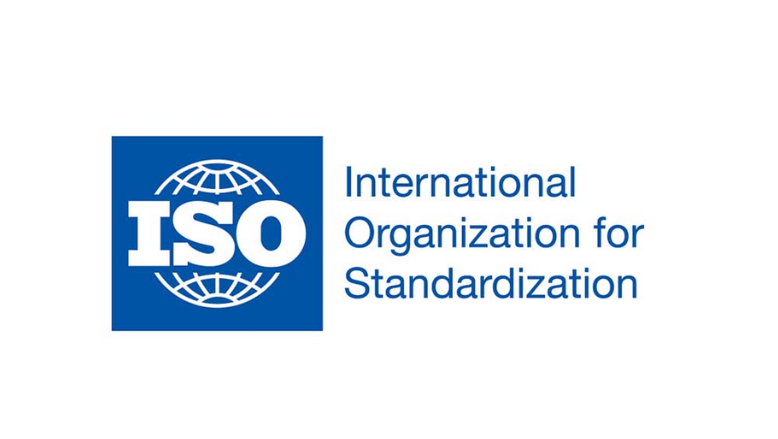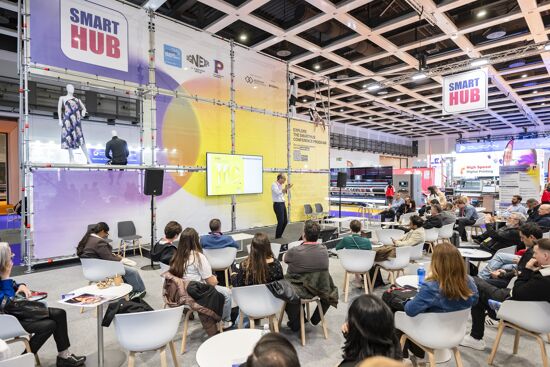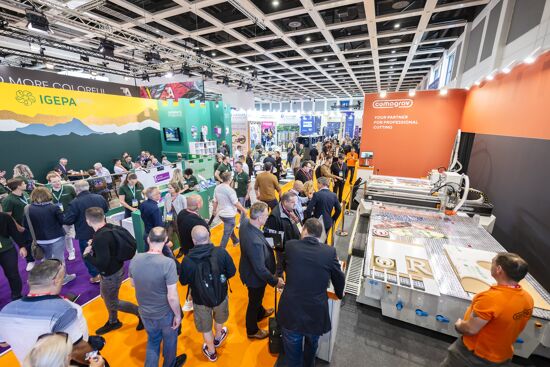ISO project for assessing your organisation’s sustainability
.png?width=750)
ISO’s technical committee working on standards for the printing and publishing industries is considering a new project. The project is intended to help organisations to assess their progress towards greater environmental sustainability. The new project is tentatively called Guidance for Sustainabililty Assessments.
Achieving greater environmental sustainability is easier said than done. The aim of the new tool is to make the process simpler, without compromising its credibility and effectiveness. Investors and consumers, service providers and people selling machinery and IT systems currently have no industry specific guidance for measuring or assessing factors that contribute to improved environmental sustainability. But we must all be able to identify, assess and measure progress towards improved environmental sustainability. The difficulty for most organisations in our sector is how to do it and where to start.
ISO’s committee for printers and publishers wants to provide guidance that helps people to assess and measure their efforts. The objective is to help companies move at their own pace towards greater environmental sustainability. The work assumes that environmental sustainability will also support social and economic sustainability, the other two sustainability pillars. Guidance for environmental assessment and reporting will make it easier to compare progress like for like, which could spur greater innovation and accelerate progress towards net-zero.
So far progress has been gradual in this industry. Most publishers and printers are blocked by anxiety about how to improve matters, but also because the industry is so complex. They don’t know where to start and there is also the problem of knowing how to get started. Do we move independently? Or do we wait for our industry associations to take a lead and offer models we can follow? Either way we need commonly accepted tools that will give all organisations an easy starting point.
This step towards improving the eco footprint of printing and publishing will provide publishers with the means to evaluate their service providers on the basis of their environmental sustainability. They may also be able to consider different production models for projects based on those evaluations and this could encourage greater competiveness in the market. The ISO project will require complete and transparent reporting to ensure that environmental sustainability claims are fully contextualised, timely and verifiable.
Regulations and buyer expectations constantly evolve but environmental sustainability is rising steadily up the agenda for all players in the publishing and printing communities. Environmental sustainability supports long term commercial and societal sustainability. The three sustainability facets are interdependent and should be mutually supportive. Improvements in one facet, such as environmental sustainability will lead to enhanced commercial and societal gains. What’s not to like?
If you would like to know more about this work or even to get involved in it, please get in touch.
Source Information: This article was produced by the Verdigris Project, an industry initiative intended to raise awareness of print’s positive environmental impact. This weekly commentary helps printing companies keep up to date with environmental standards, and how environmentally friendly business management can help improve their bottom lines. Verdigris is supported by the following companies: Agfa Graphics, EFI, Fespa, Fujifilm, HP, Kodak, Miraclon, RicohSplash PR, Unity Publishing and Xeikon.
Topics
Interested in joining our community?
Enquire today about joining your local FESPA Association or FESPA Direct
Recent news

Industry Experts Explore the Evolution of Smart Manufacturing in the Textile Industry
A FESPA SmartHUB roundtable at Personalisation Experience 2025 discussed smart manufacturing's transformative impact on the textile industry. Experts highlighted the shift to on-demand customisation, driven by digital printing, data analytics, and automation. Key takeaways included enhanced machine control, significant waste reduction through intelligent software and colour management, and improved sustainability via energy efficiency and near-shoring, ensuring agility and environmental responsibility in textile production.

FESPA 2025 gathers leading visionaries from across the speciality print industry in Berlin
FESPA Global Print Expo 2025, European Sign Expo and Personalisation Experience (6 – 9 May 2025, Messe Berlin, Germany) welcomed Visionaries from across the speciality print industry to shape the future of print, develop forward-thinking business strategies, and explore innovative ways to translate emerging industry trends into tangible growth opportunities.

Exploring Cutting-Edge Textile Printing Innovation with Adobe Print Engine 7
Adobe PDF Print Engine 7, launched at FESPA Global Print 2025, significantly advances textile printing. Debbie McKeegan shares how it automates non-white substrate management and RGB colour handling, expands colour gamuts with in-RIP multicolour transparency blending, and streamlines workflows for efficiency and sustainability. This update boosts customisation, reduces waste, and positions businesses at the forefront of digital print innovation.

FESPA Global Print Expo 2025 - Overall Highlights
FESPA Global Print Expo, Europe's leading print and signage exhibition returned to Messe Berlin from 6 - 9 May 2025.